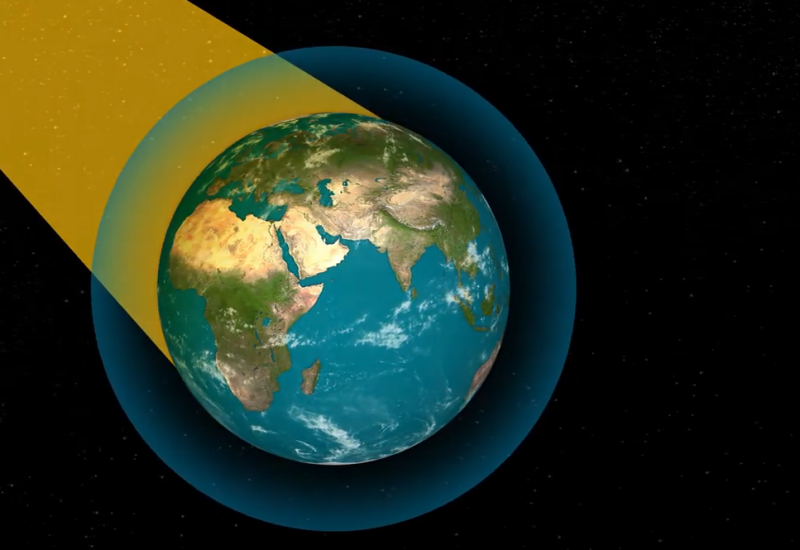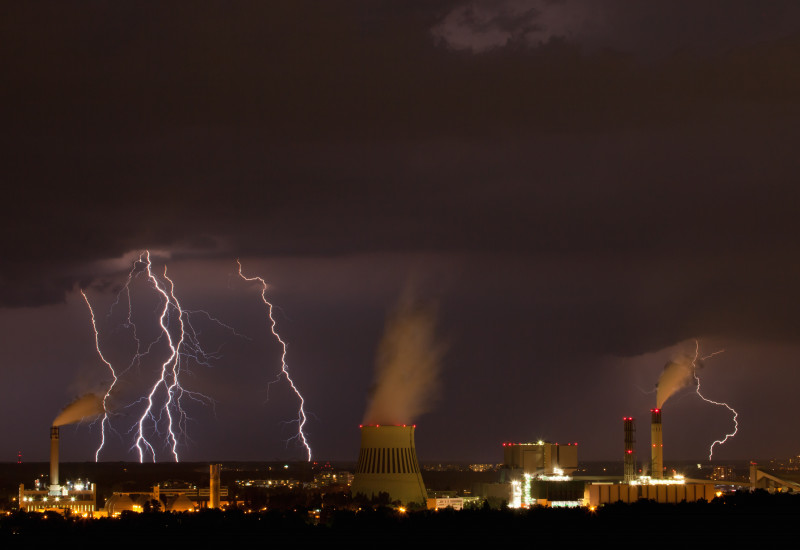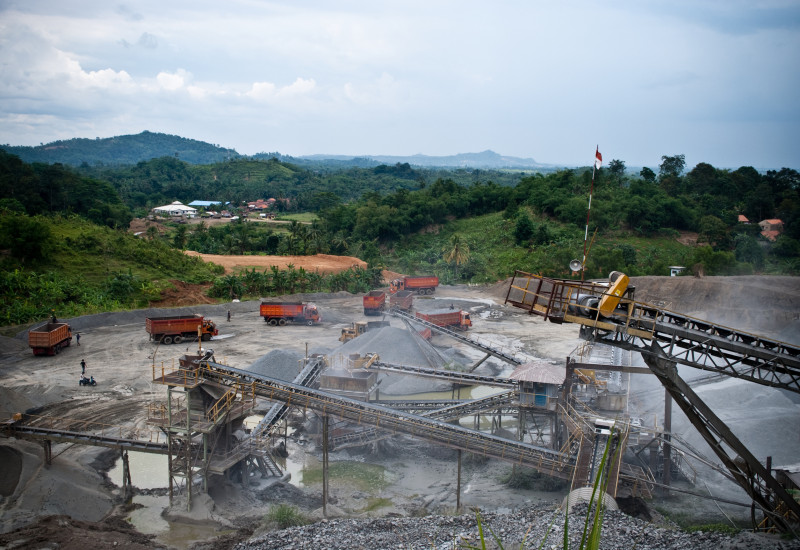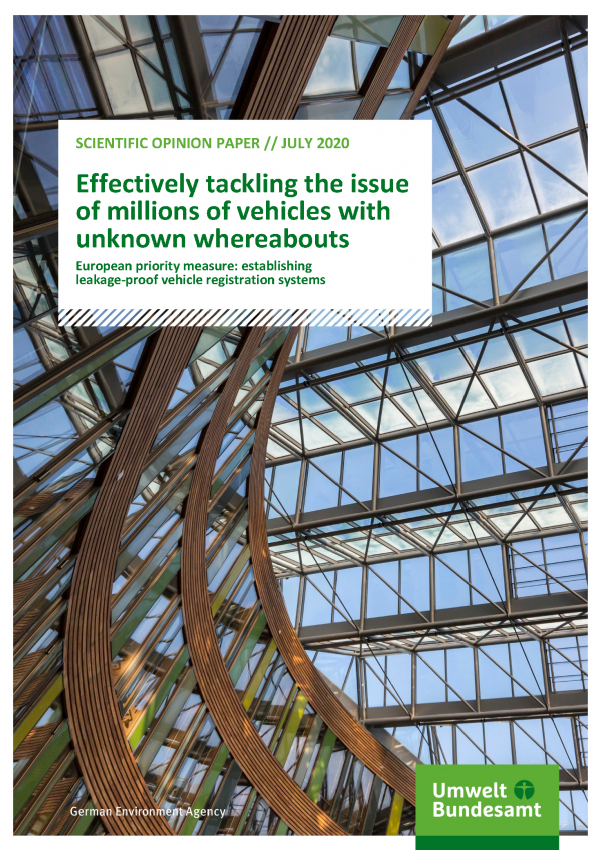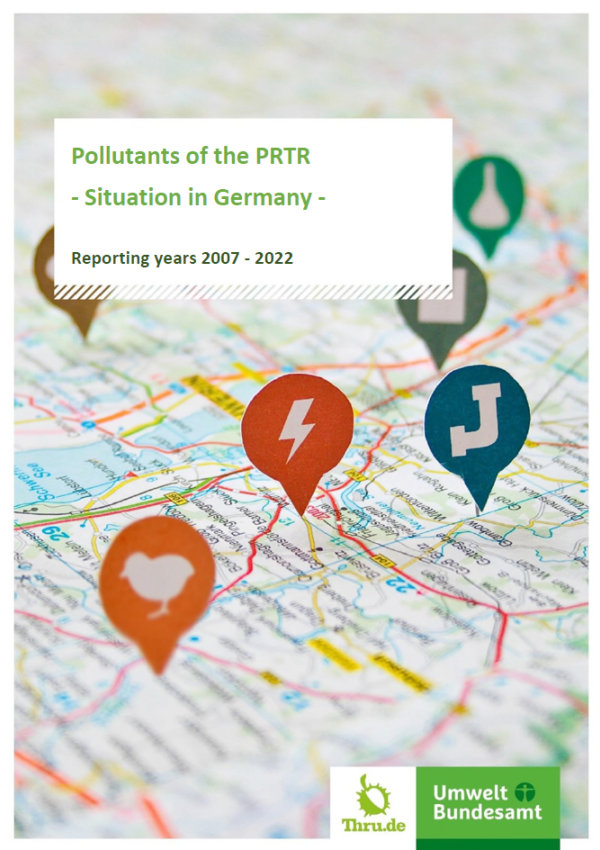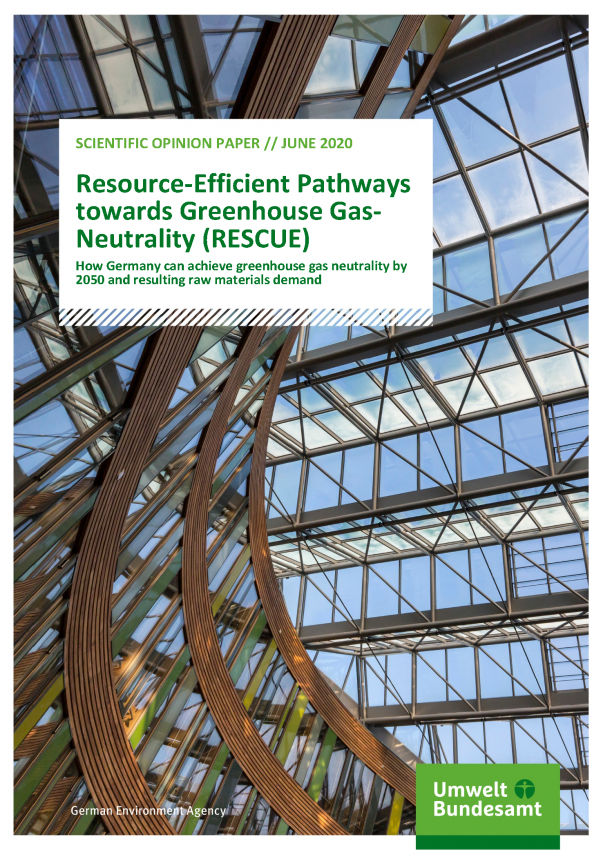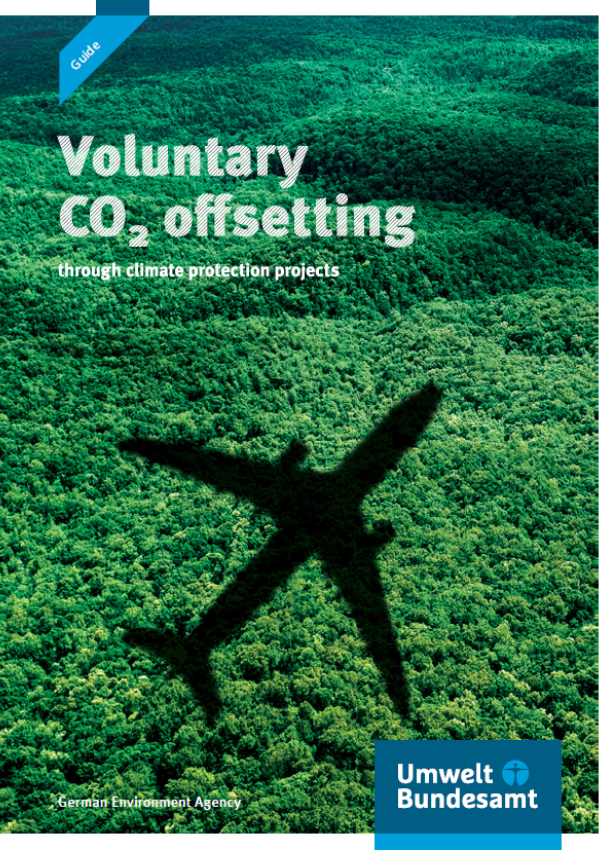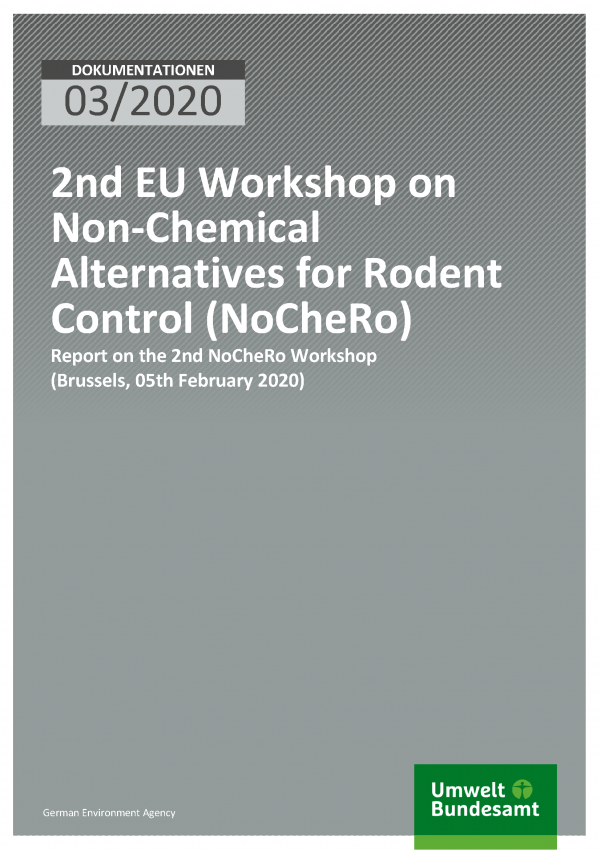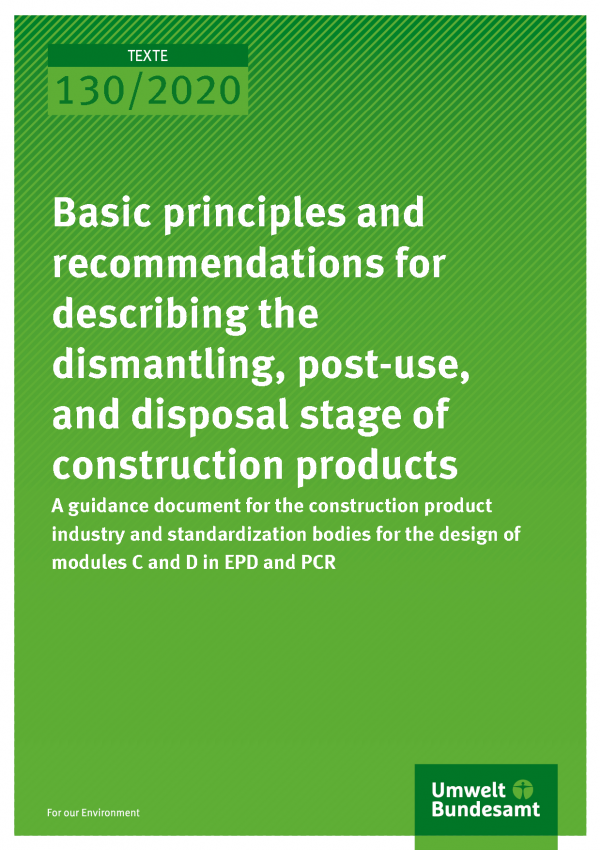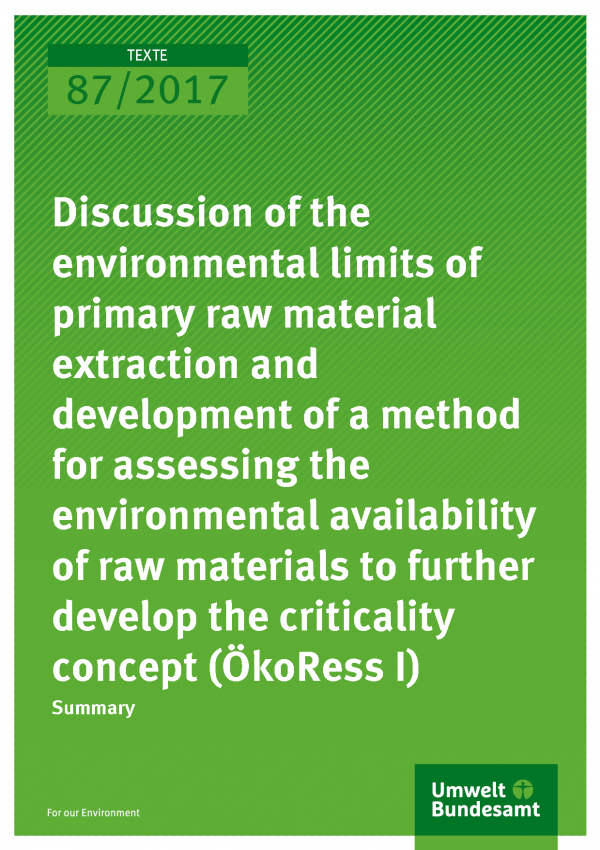Plant-based meat substitutes are good for the climate, the environment and your health

Meat substitute products aim to imitate the taste and texture of meat.
Source: Westend61 / Getty Images |
Increasing meat consumption worldwide is causing significant problems. Livestock farming and deforestation to grow animal feed put a strain on the climate, antibiotics are being used excessively in stables and the conditions under which animals are kept amounts to animal cruelty. A significantly lower level of meat consumption compared to the current level in Germany would help protect the climate, the environment and animals and would be beneficial for general public health.
Meat substitutes are a good solution for those who find it difficult to reduce eating meat. A study by the German Environment Agency entitled “Meat of the Future” investigated the effects of meat substitutes from plants, insects and labs on the environment and on general public health and the role these substitutes could play in our future diets. The result: Overall, plant-based meat substitutes appear to perform the best. For example, the production of one kilogram of soy-based meat substitute emits only 2.8kg of greenhouse gases, whereas the production of beef emits more than ten times that amount. Products made from insects rank second from an environmental perspective. Meat substitutes produced in the lab are still in the research phase, so it is difficult to draw any definitive conclusions at this stage.
German Environment Agency President Dirk Messner: “Meat production is proven to be harmful to the environment and it contributes to global warming. Our study shows that meat substitutes could play a key role in helping people adopt more environmentally friendly and healthier diets. However, as long as the price of the food fails to reflect its negative impact on the environment, people will continue to favour cheap pork chops over soybean schnitzel for a long time to come. This is where we are calling upon policymakers to change these conditions.



